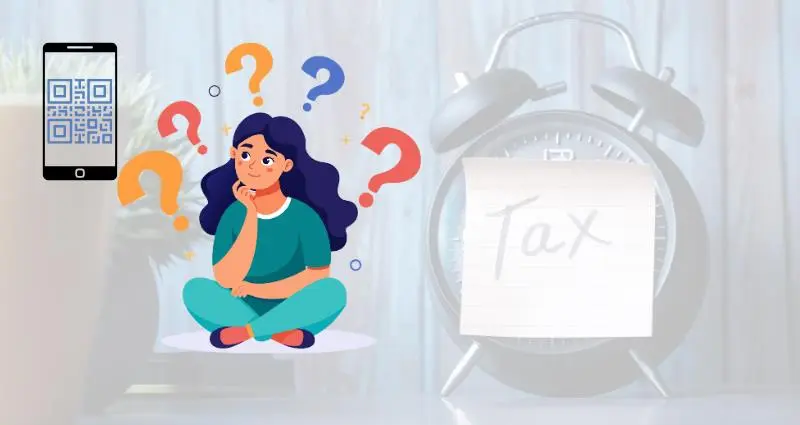Dear Team,
I’m interested in a demo of TaxInvoicePro to explore how it can streamline my business operations. Please share the details and schedule.
Looking forward to your response.
Thank you.

Here’s a bold truth: QR codes on invoices are no longer just about looking modern — for some businesses, they’re a legal requirement. Yet, for many others, adding a QR code is still optional.
Confused? You’re not alone. Let’s break it down practically, so you know when it’s mandatory and when it’s simply a smart choice to improve payment efficiency.
This isn’t just a list of GST rules. This is a step-by-step guide to help you figure out whether YOU need QR codes on your invoices in 2025 — and how to implement them properly if you do.
If you are a large enterprise (₹500 Cr+ turnover) and issuing B2C invoices, dynamic QR codes are mandatory on every invoice.
Why?
It helps the customer scan & pay digitally and ensures compliance under GST Notification 14/2020.
If your turnover is below ₹500 Cr or you only do B2B invoicing, QR codes are optional.
You can still use them to:
But compliance won’t force you.
For businesses that fall under e-invoicing norms, the government IRP portal auto-generates a QR code. You must include that — but there’s no need for a separate UPI/payment QR.
Even when not required, smart businesses are adding QR codes for faster UPI payments.
Why? Because payment friction kills cash flow.
One scan and you’re paid — no IFSC, no manual entry.
Tools like Taxinvoice Pro help automate this within your invoice templates.
QR codes aren’t mandatory for everyone — but they are becoming the norm.
If your clients prefer easy payment options, why make it harder for them?
Consider this a small step toward smoother operations and faster cash flow.
Are you already using QR codes in your invoices? Or still wondering if it fits your business? Drop your thoughts below!
P.S. If you want to generate professional, GST-compliant invoices with UPI QR codes already integrated, Taxinvoice Pro can help you do it in just a few clicks.